There is a spot along the beach where one of my favorite trees, bald cypress (Taxodium distichum), grow in a watery grove. This spot is very special to me, not for any particular event or reason, it just speaks to me. Perhaps it could be the spirits of my ancestors, who sailed by this point on their way to Jamestown, waving at me from the past.
April 19, 2014
Redbud Time at Chippokes
Feeling a need for sights more rural, I traveled westward along back roads last weekend to Chippokes Plantation State Park. The park is a great place to experience one my favorite times of the year in the Virginia countryside, when all of the deciduous trees start pushing out new spring growth, but not yet enough to keep light from reaching the forest floor. Though not as in your face as fall, I have come to appreciate the spring colors of various trees in their mad dash to reproduce and photosynthesize. Of course all the shades of green were unfurling, but looking carefully, other colors were revealed in the canopy. Many of the oaks are dripping with amber catkins, and though the red maples are late this year, they are colorful nonetheless. Sticking out from its taller neighbors above, our native eastern redbuds (Cercis canadensis) were in peak bloom last weekend and were the showiest trees in the park.
Of course redbuds were not the only plant showing blossoms last weekend. There were flowers blooming in the gardens around the old mansion, along the field edges, and in the forests. Much of Chippokes is still a working farm, and the land has been used that way continuously since 1619. With nearly 400 years of soil disturbance, it is a good place to see native and non-native plants interacting. Some of the newcomers have been content to spend the decades sitting prettily in the garden, others have preferred to be a bit more mobile, and others still, will not rest until they have the whole place to themselves.
In addition to plants, Chippokes has long been a home for a few non-native animal species as well.
If they were here about 5 million years ago, the cows would have enjoyed a beachfront view from their barns, as this area was on the edge of a warm shallow sea. About half a mile away and 100' closer to sea level, the beach at Chippokes is covered in fossils from that long ago era. While I found lots of fossilized scallop and barnacle shells, the prized shark's teeth alluded me. I did find the remains of an Atlantic sturgeon, a fish who has called these waters home since the dawn of time and who has only recently returned after a human-induced absence. It's skull was comparable in size to what one of those cow's might have. I just hope what I saw had a chance to make lots of baby sturgeons before it expired.
Labels:
Chippokes,
Day Trip,
Hiking Trails,
History,
Making Time for Church,
Natives
Subscribe to:
Post Comments (Atom)
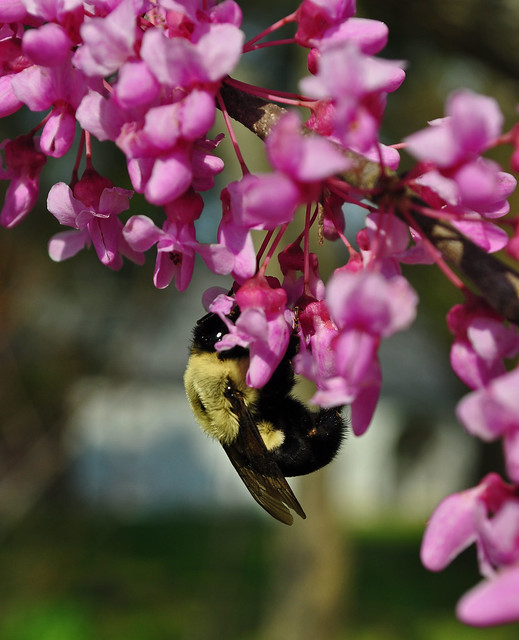

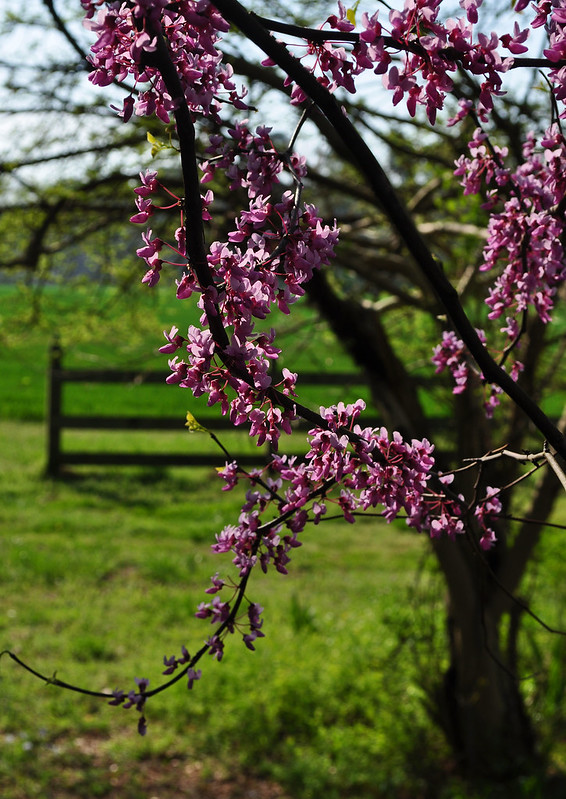
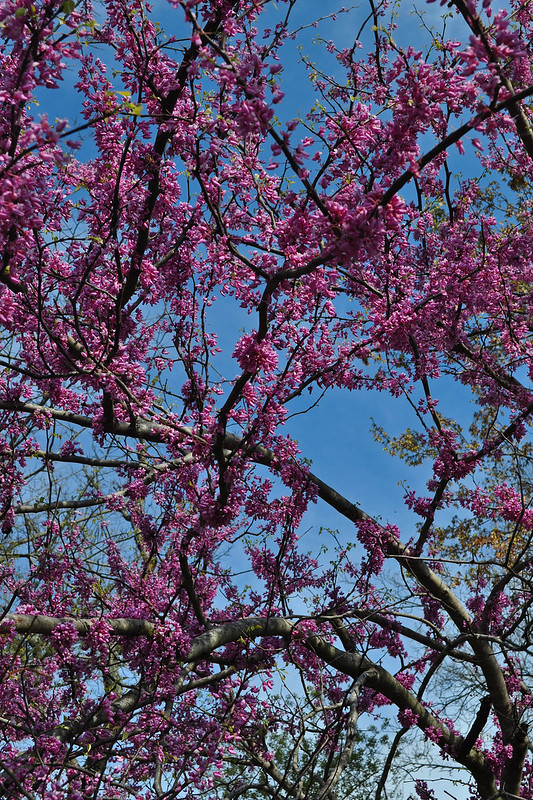
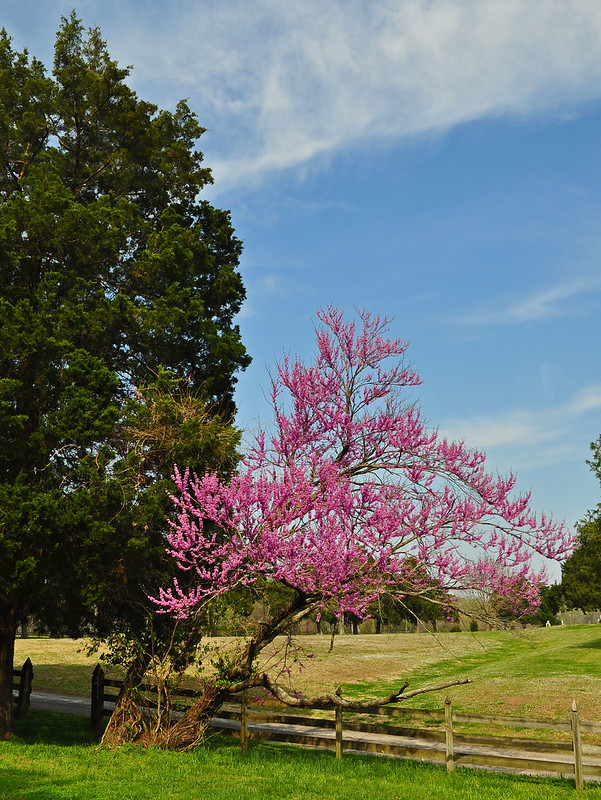
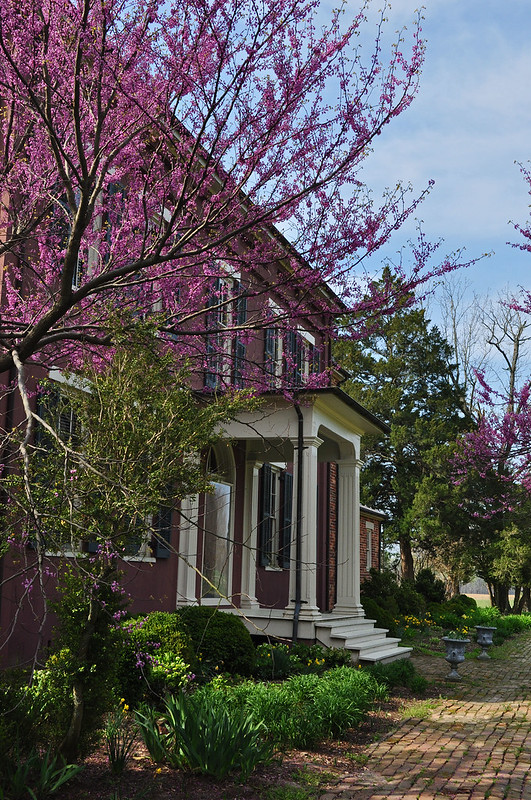
.JPG)
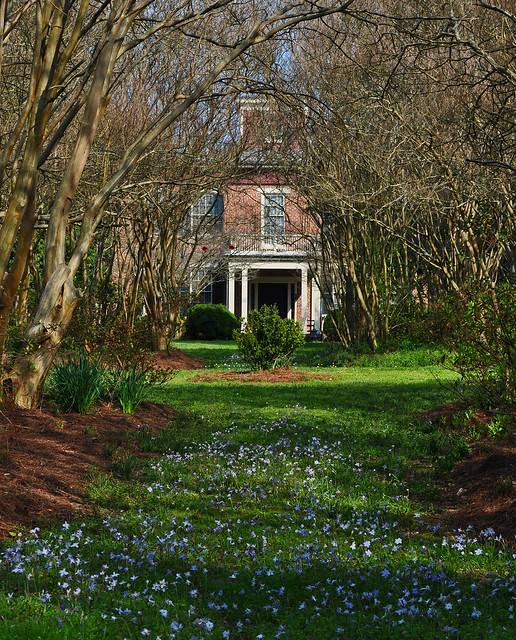
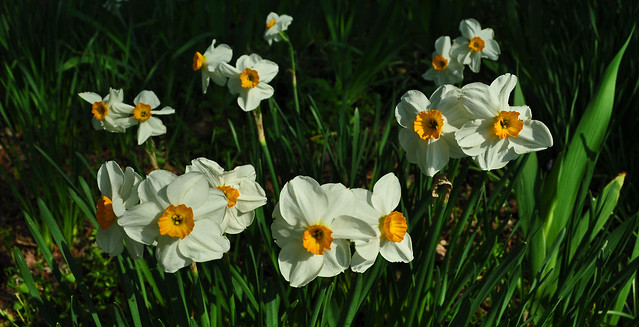
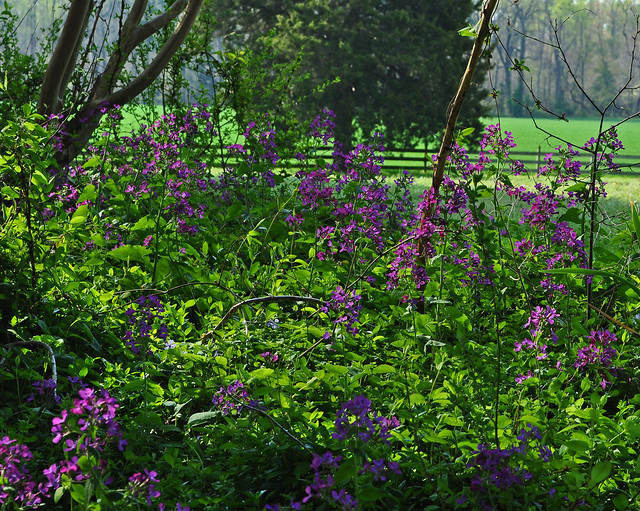
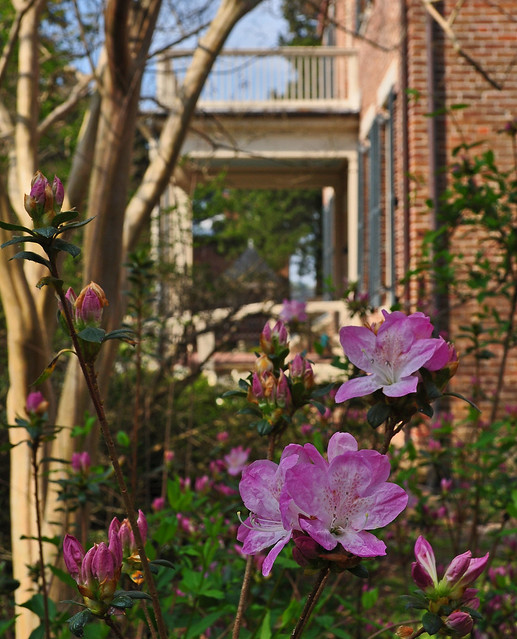

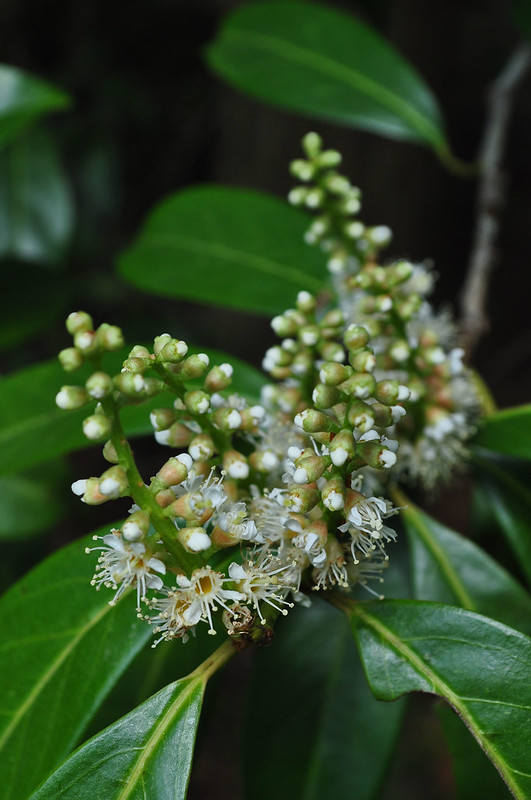
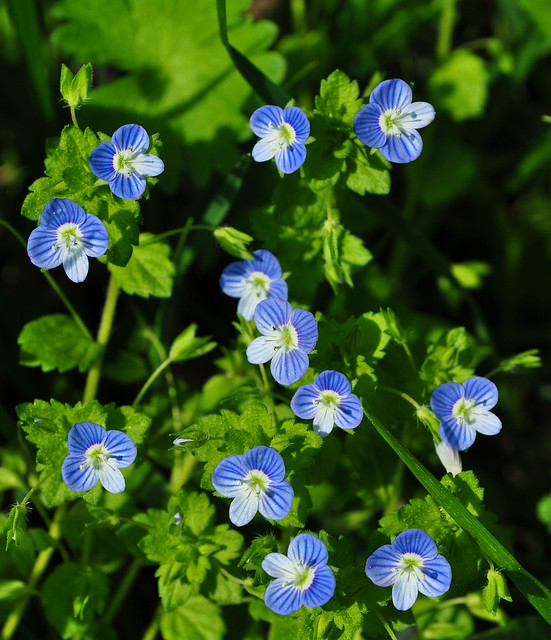
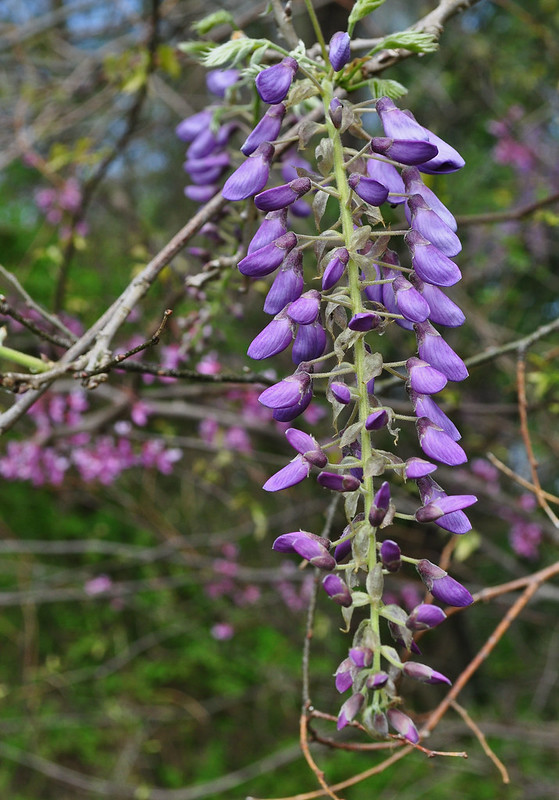
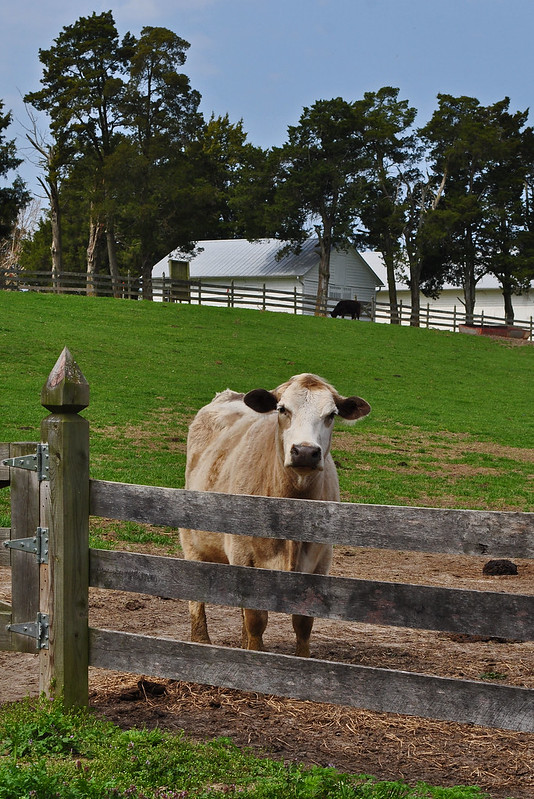
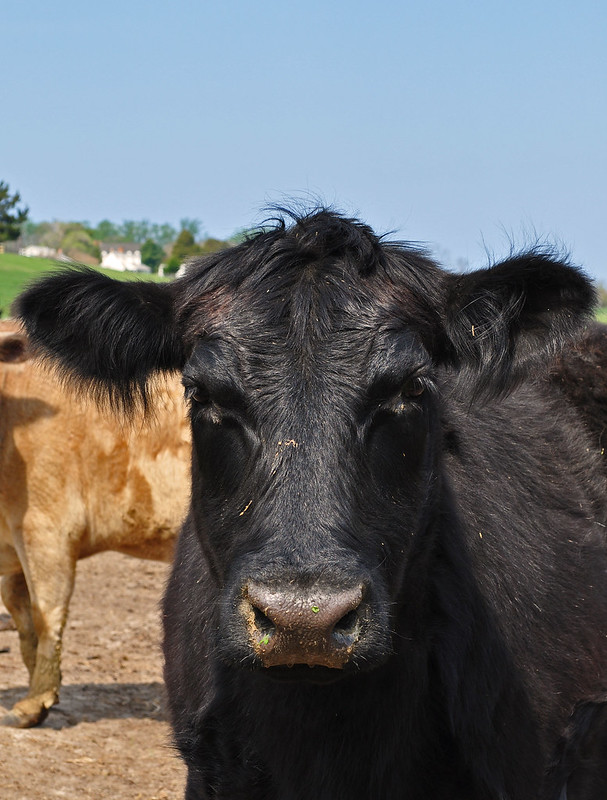
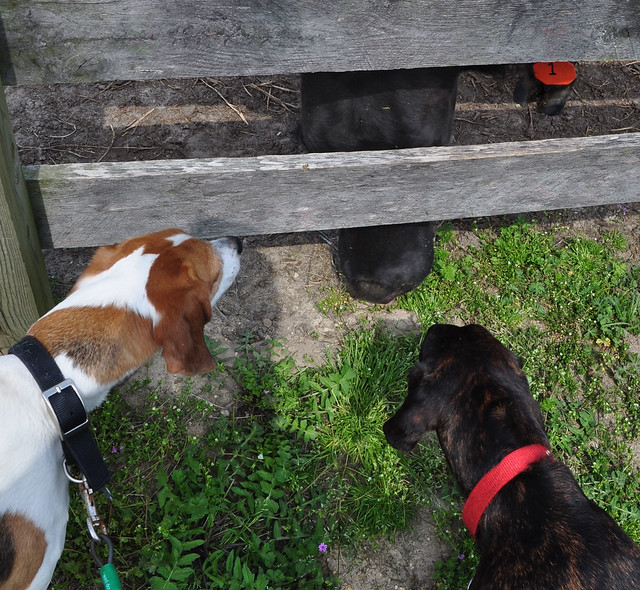
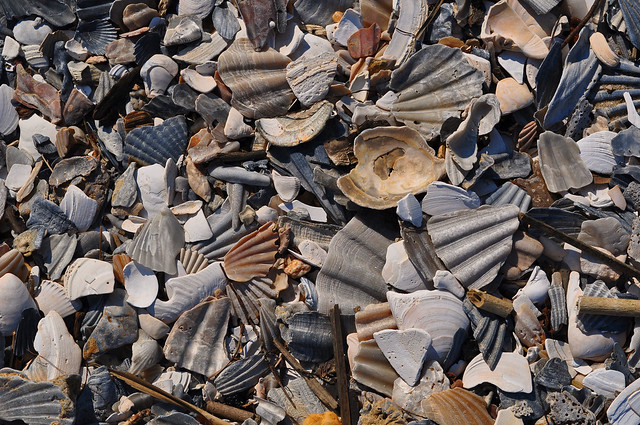
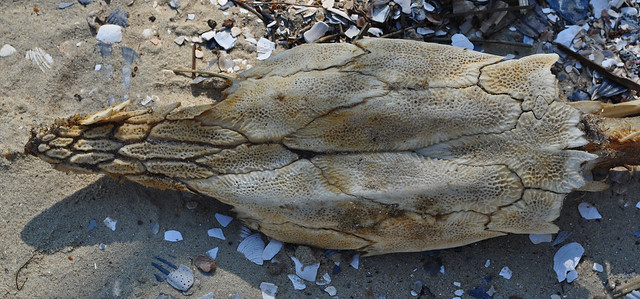

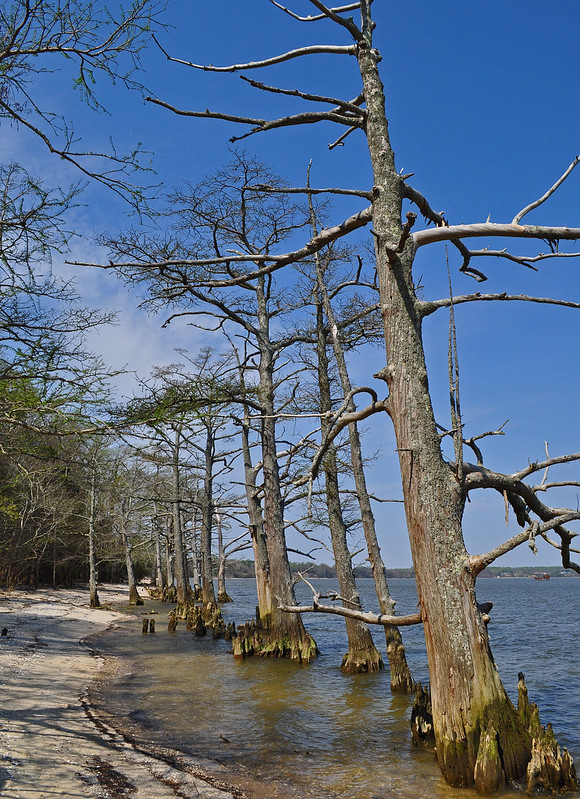
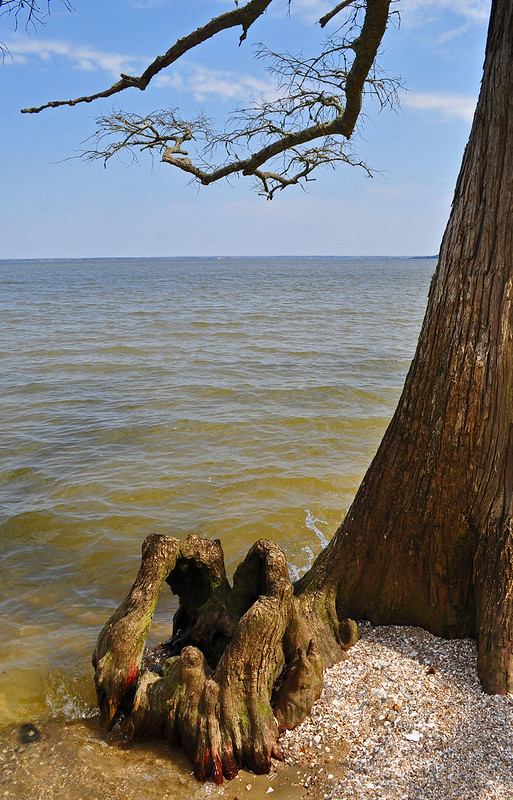




Absolutely gorgeous series of photos. Thank you so much for sharing. I felt like I took this walk myself. Happy Easter.
ReplyDeleteThanks Linda, I hope spring has been treating you well.
DeleteI second that...stunning especially the redbud with the blooms in the lawn. Can't wait until my redbuds grow up and bloom like these.
ReplyDeleteThanks Donna.
DeleteBeautiful. I'm missing the Virginia spring flowers and landscape from here in Rwanda.
ReplyDeleteCindy, I am sure you have other things to distract you in the African landscape.
DeleteOh my gosh Les, The Redbud photo with the happy, industrious and pollinating Bumble Bee made my day! (According to Doug Tallamy….the Bumblebee is sadly becoming a much more rare sight these days…) Also love the Ipheion lawn with the Redbuds. I would love to see many more of these beneficial native trees in urban gardens!
ReplyDeleteMeg, it is up to people like us to preach the benefit of natives.
DeleteReally nice to see color again. Also great to see the bee enjoying the redbud. Cows are cool. Can't have too many cows.
ReplyDeleteDonna, I too love cows, more so not that I no longer eat them.
DeleteI believe the Redbuds are brilliant every where this year. I'm considering growing a few varieties with glossy leaves. Do you know of a variety that weeps, glossy leaves, and white blossoms? ha. I'm curious what plants you used for the Good, the Bad, and the Ugly?
ReplyDeleteGreg, I do not know of a weeping white redbud, but there are several in the typical color. Probably the best white redbud is Cercis reniformis 'Texas White', which would be a good choice for the plains. It is much more drought tolerant than C. canadensis.
DeleteSuch a serene spot with the water flowing gently. Beautiful spring pictures!
ReplyDeleteThanks TIna, Chippokes is one of my favorite places.
DeleteI love the different shades of green in the spring too, as the leaves unfurl. That's a really wonderful place. I wish our neighbors still had cattle -- they had long-horned cattle and they were great company for the horses.
ReplyDeleteI enjoyed seeing your beautiful pictures!
Sweetbay, cattle use to be a much more common site in Va. There were many outside of Richmond when I was grewing up, but with the rise of factory farms and western feed lots, they are a rarer site these days.
DeleteThanks for taking us to the Chippokes park. So many beautiful, natural blooms! I'm looking forward to the Redbuds blooming around here. Our Magnolias are just about to burst, which is a wonderful sight, too!
ReplyDeleteBeth, I am glad spring is heading your way.
DeleteWhat a beautiful spot. The greens of spring are unmatched at any other time of year. Love the Redbuds. Unfortunately they have not been reliably hardy for me. Happy spring Les!
ReplyDeleteSue, if you are not ready to give up on redbud, try 'Appalachian Red' (which isn't really red), Clemson U. lists it as hardy to zone 4.
DeleteThat is a lovely place. I did have a redbud. They will live this far north but they are not long lived and I have never seen one the size of those in your photographs. Some plants are best left to enjoy through the eyes of another gardener. Love the knees.
ReplyDeleteLayanee, it is a hard lesson for many gardeners to learn to appreciate plants in other people's garden, rather than their own. It took me years to get there.
DeleteWhat a wonderful treat for us to not only see all those gorgeous bald cypress but get to hear the surrounding sounds as well. We have Forest Pansy redbud which rarely flowers but that's OK ass it is the foliage that is the star of that tree. Usually we have some winter dieback so we're waiting to see what this year brings.
ReplyDeleteLinda, one of the few trees I have put in my garden is a Forest Pansy. It blooms moderately, but I don't think it is the best cultivar for flowers, but the foliage is another story, as you know.
DeleteI wonder if more trees will look like the ghost trees after sea level rise. (I read some in your area believe predicted sea level rise is a 'UN conspiracy.')
ReplyDeleteRay
Ray, of course the UN is behind sea level rise, and everything else that's wrong with this country. Now if you don't mind I'll excuse myself, I need to go inventory my ammo.
DeleteLove the Redbuds...they are such a bright spot around here, too! Love all the spring flower photos...is that native blue-eyed grass? Beautiful :)
ReplyDeleteJan, I am not sure which blue flower you refer to, but either way, none of the blue flowered plants I have shown are native.
DeleteI've drooled over your photos of bald cypress in the past. The short video was an added treat: what an awesome spot! I wonder if you get a whole new feeling when the trees are all leafed out. The last photo before the video is wonderful, probably my favorite today.
ReplyDeleteChav,. it is another feeling when the trees have leaves on them. I was actually hoping to have timed my visit to see them. The bright green color of new Taxodium foliage is fresh and bright.
DeleteBeautiful! Love the shot of the flowers at ground level with the house in the background.
ReplyDeleteI like that shot too Phillip. I think it is going to make my top 10 list for 2014.
DeleteLove it when you hit the back roads!
ReplyDeleteI love it more.
DeleteThe redbuds flourished this year! I never realized how many we had in our neck of the woods until a perfect sunny spring day on a GA back road! I also enjoyed them a second time as I went to VA for a little vacation a few weeks ago. The first time I ever saw Bald Cypress was as a 12 year old child in Louisiana. I have never forgotten them and now have one in my yard here in GA. Love the thing and know that Spring has sprung with no surprise cold temps once it has started to open up from its winters nap.... Thanks for the video, so soothing to the soul this morning...
ReplyDeleteI think the cold may have had something to do with the blooms, or at least my perspective. I am glad I could soothe your soul. Happy spring!
Delete